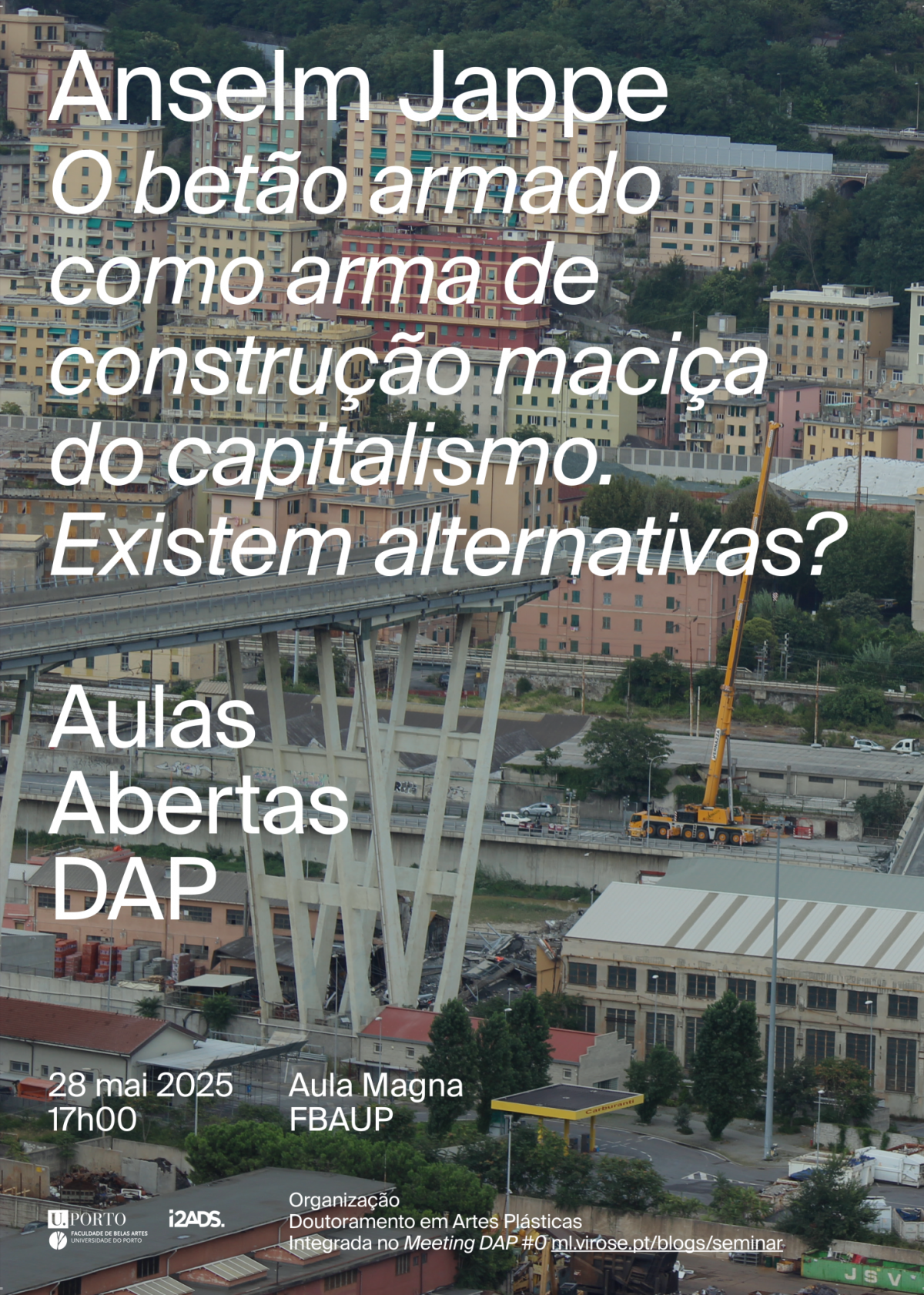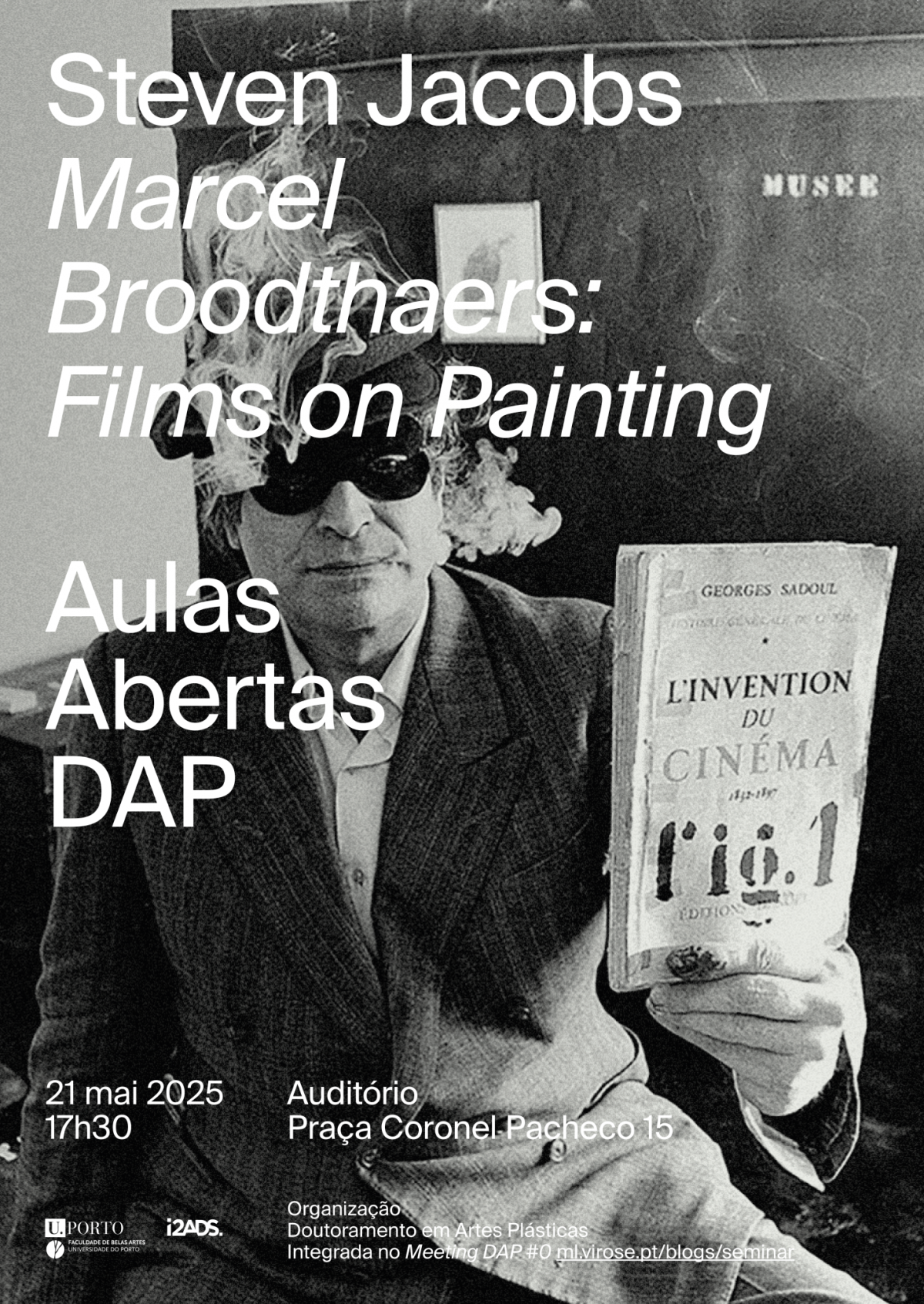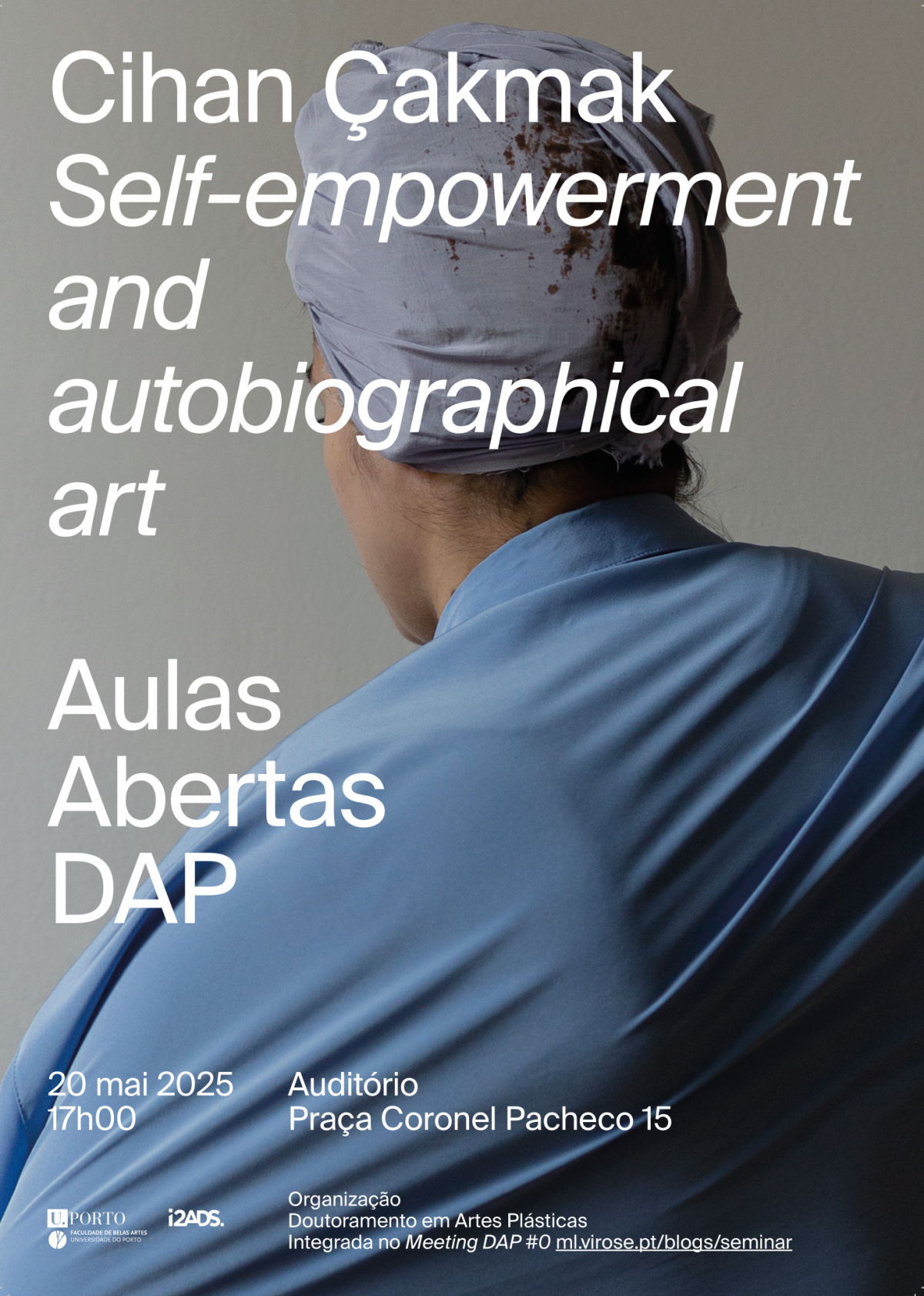Este encontro é um primeiro ensaio, um ano zero, para aquilo que se quer implementar anualmente no DAP: um momento concentrado no tempo e no espaço onde seja possível partilhar e cruzar experiências sobre o trabalho que se encontra em curso, quer através dos projectos individuais de doutoramento quer de outros projectos que com eles se interseccionem.
Com excepção do Speed dating e das Leituras de portfólios, qualquer estudante de Doutoramento da FBAUP poderá assistir às sessões.
As aulas abertas, como de habitual, são de acesso livre a toda a comunidade.




